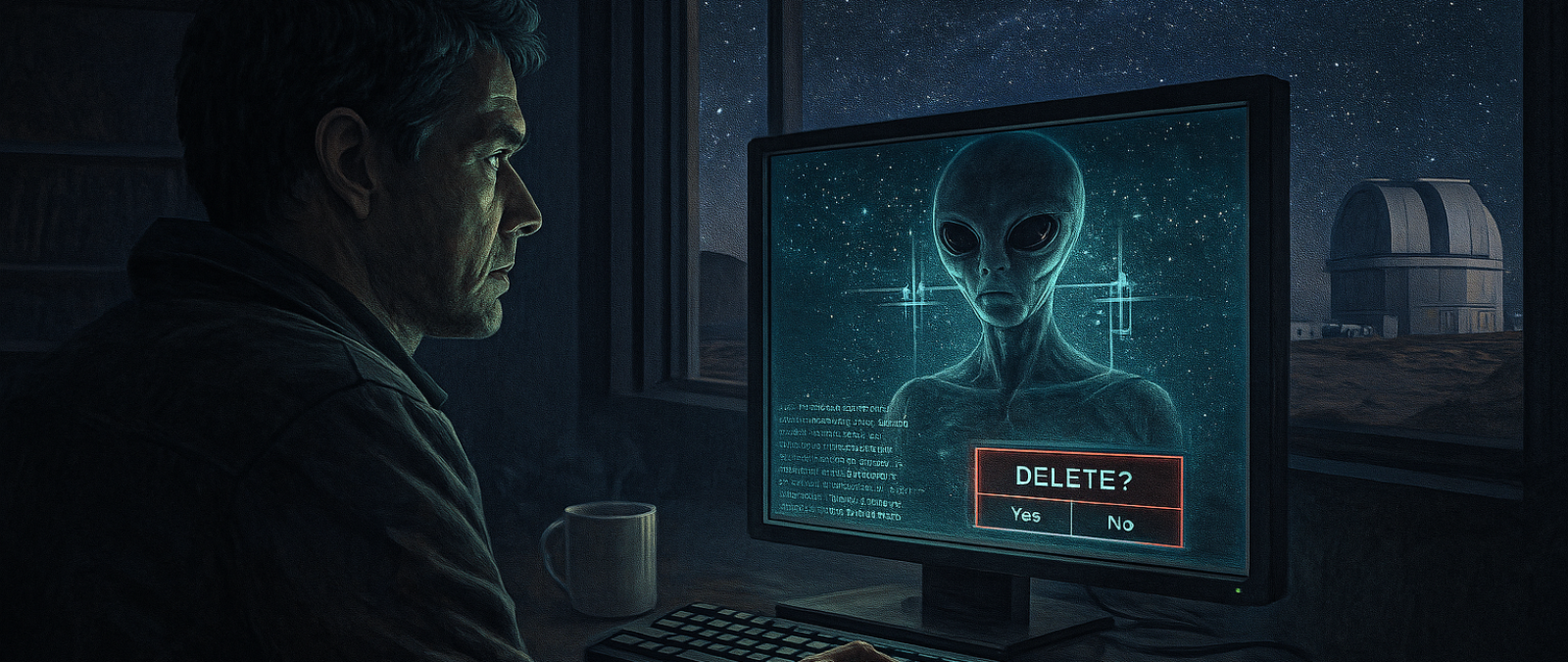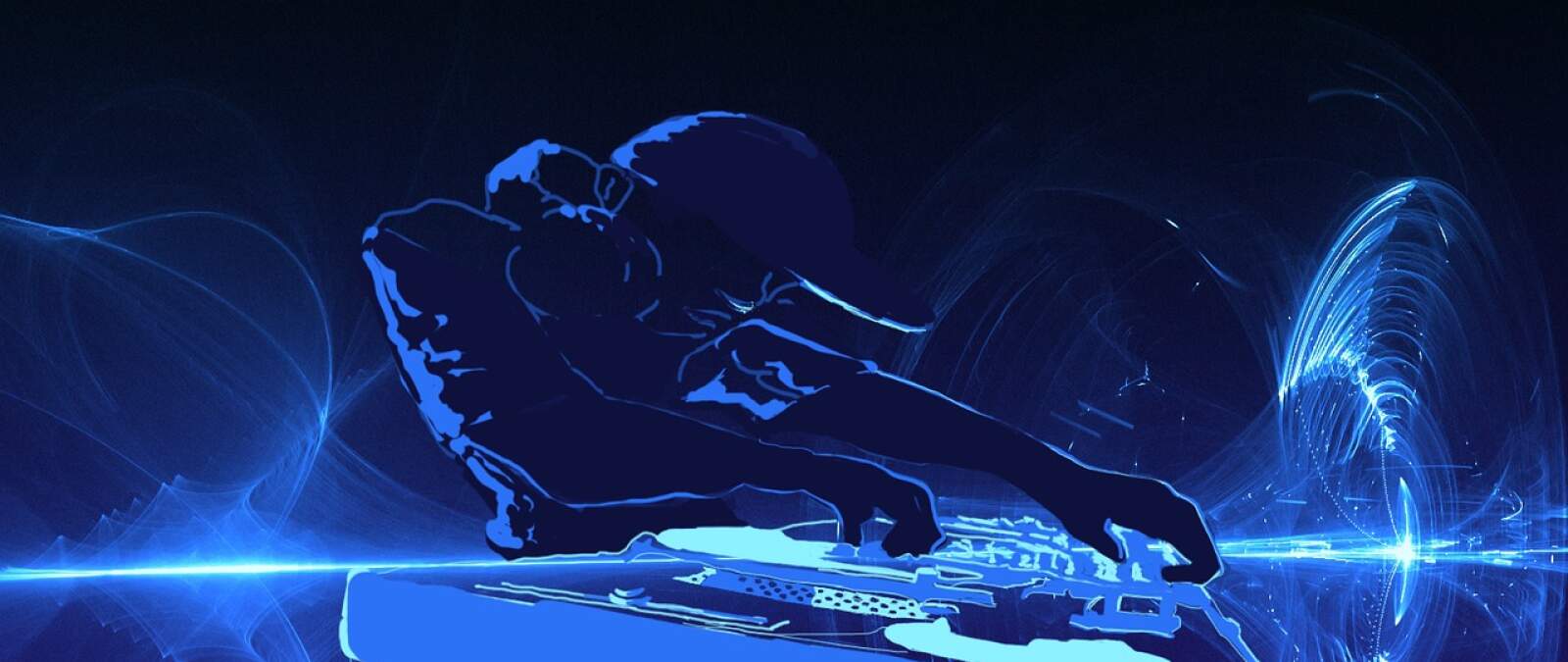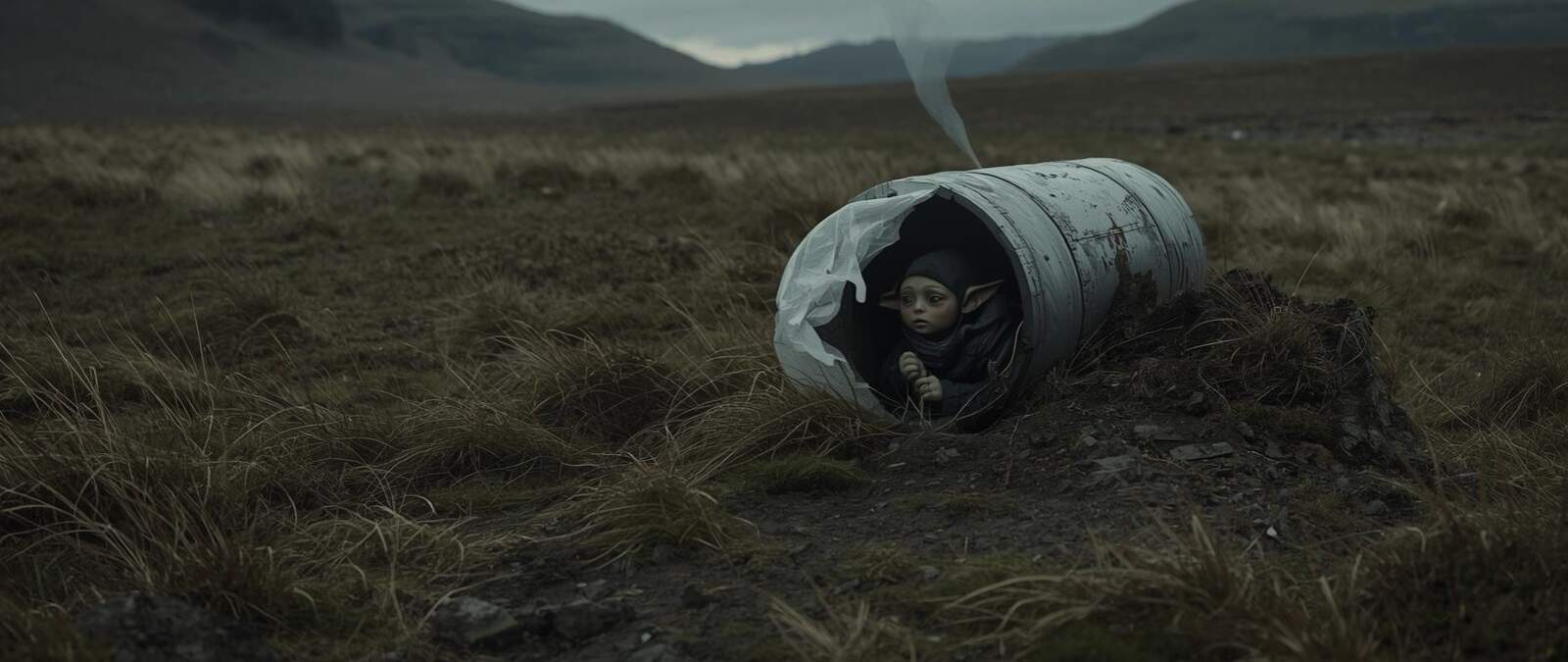🌐 New Earth 🌏

At the dawn of the third millennium after Christ, planet Earth was divided into new states, ruled economically, politically, and militarily by the most powerful triad: the Canadian Empire, Great Britain, and the Union of Australian Republics.
Canada absorbed the entire United States, former Russia, and almost all of Asia. Great Britain managed to dominate the territory of Europe, as the European states had united, abolished borders, and introduced a common currency, only to be later swallowed by the expansive Great Britain. This happened not through military force, but through politics—particularly by creating the economic dependence of European citizens on supplies of energy and water, which Britain had come to control completely. The inhabitants of Europe then, of their own will, voted in a referendum to join the powerful island nation.
The third most significant player on the world stage became the Union of Australian Republics, which encompassed the entire continent of Australia, nearby islands, and nearly the whole of Africa, especially the southern states.
The traditional state of Japan was swept away by tidal waves from the sea and ceased to exist, while once-mighty China collapsed under its own internal power struggles, isolationism, and inability to keep pace on the global political stage, where the merging of many states into one, mutual cooperation, and economic boycotts of rivals had become essential for survival. China, unwilling to cooperate or adapt, weakened its influence and was absorbed by the Korean nation, which, after the union of North and South Korea, became a single state. This significant and powerful player, relying especially on its advanced military arsenal, later joined the Canadian Empire.
Thus three strong blocs fought for world domination. At first in political forums, later economically, and finally—through weapons. And so the war began. A war that no one could win. A nuclear war.
It is not important who launched the long-range missiles with nuclear warheads first. Retaliation was immediate, and soon, one deadly missile after another flew across the skies of the beautiful blue planet. The consequences were devastating. Total annihilation across all continents. Surface contamination for hundreds of years. Those who survived found refuge in underground bunkers that had been built for precisely this purpose.
Out of 12 billion, only one remained.
Underground, humanity began to realize with horror what it had done.
Tempers cooled, and mankind began to seek solutions. The continent of Australia was utterly destroyed, and on the other continents, nuclear fallout reigned. In an effort to rebuild the world, the old states were abolished, and the survivors began to cooperate in hopes of creating a new world. A single state was established, called the Union of Man, and a single global government was elected. At its head was chosen Abdul Hasan, a man of dark skin, bold ideas, and extraordinary political courage. Charisma radiated from him, and with his determination and optimism, he managed to inspire anyone who came into his presence or heard his fiery yet heartfelt words.
People lived in bunkers and communicated through a global network, a kind of renewed version of the former Internet. Yet the human situation was critical. The surface was contaminated, and the prospect of life underground—for the current and all coming generations—was bleak indeed.
Extraordinary times call for extraordinary deeds. Extraordinary times create heroes. And Abdul Hasan was such a hero. He set a clear vision for mankind.
In a global broadcast, he delivered this legendary appeal:
**“We have destroyed the Earth! The only chance for those of us still alive is to unite our strength, to forge one current of immense and unrelenting effort, and to devote everything to saving the human race! Humanity must show that it can endure and preserve itself.
So far, we have failed, and we must accept the harsh reality and the slap we have delivered to our own face! But always, in moments when mankind has been at its lowest, it has found the will to mobilize and survive!
And that is what this is about! Our task, our mission, is not about saving our home. Planet Earth has been irreversibly destroyed for many centuries to come. By our own fault...
Yet there is a promise of a new future! There is hope for humanity!
We must find a new home! A new planet to host mankind. And we must not only find it—we must prove we can move there. No matter the number! Even if, in the end, only one man and one woman reach the surface of a new world, it is our duty to make it happen! With so many stars above us, you must realize there are hundreds of worlds like Earth out there. The only thing we must do is—find them and colonize them!”**
And so humanity, united by one powerful idea, began investing everything into space development. Scientific teams, formed from the survivors, no longer designed weapons but spacecraft and equipment for colonizing new planets. Mighty telescopes were constructed, new satellites launched from underground hangars, and their probing eyes searched the universe in the hope of finding a planet similar to Earth.
It did not take long, and it happened. Humanity proved how strong it could be when united! A single vision and collective effort bore fruit!
Mankind had succeeded!
Twenty light-years from our planet, four planets orbited a small star. Three of them lay at distances unsuitable for human life, but the last one became a beacon of hope for all humankind. A mostly rocky world, approximately twice the size of Earth. A planet with clouds, oceans, and life-giving rain falling from the sky!
This planet was named — Cerberus.

The discovery of Cerberus accelerated the already intense efforts of the development teams, and in a very short time, humanity dispatched its first space vessels with the first colonists. This was made possible by the successful application of the long-known discovery of quantum space jumps, which allowed vast distances in the universe to be crossed with ease.
The first generation built the first structures and began to cultivate and transform this rocky yet relatively hospitable world for human needs. They did their work well, and soon, more and more spacecraft arrived with people on board.
Over the following generations, humanity completely relocated—down to the last man and woman—to Cerberus! This planet thus became the new home of humankind.
It seems like a happy ending. Perhaps.
But man is incorrigible.
As time passed and Cerberus became populated, people abandoned the concept of a unified state, began fighting over territory, and divided their strength. Fragmentation, especially with the rise of newly founded religions, severely weakened unity and drove a wedge into human solidarity. And how did it end?
Try to guess, dear reader.
Once again, man turned against man, and new wars began.
The carousel of human foolishness and incorrigibility spun once more.
But that was another story. Another history.
The history of planet Cerberus...
Mankind had destroyed Earth with nuclear war, barely saved its own existence, and when it regained its strength, it began searching for yet another planet. And again, it succeeded. Humanity expanded, moved from a destroyed world to another, and everything began anew. Another story began.
And the attentive reader already knows how it will end...
❓🌐 THE END 🌏❓























